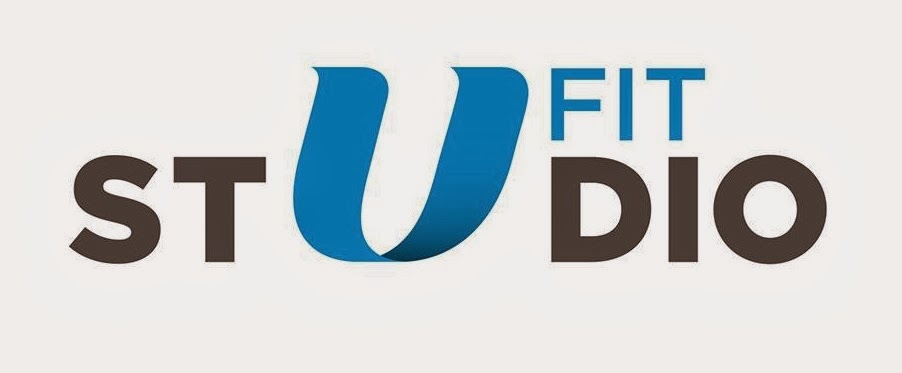Evidence based resistance training recommendations from RWLGym
Slide 2
Slide 5
Someone can keep pushing the same weight for longer than another person are they stronger?
Slide 6
Improved glucose metabolism
Improved blood lipid profile
Reduced blood pressure
Improved BMD
Reduction in pain from arthritis
Decreased lower back pain
Enhanced flexibility
Improved maximal aerobic capacity
Prehab
Slide 2
Resistance training produces an array of
health benefits, as well as the potential to promote muscular adaptations of
strength, size, power and endurance. The American College of Sports Medicine
(ACSM) regularly publish a position stand making recommendations for optimal
achievement of the desired training goals. However, the most recent position
stand (as well as previous ones) has come under heavy criticism for
misrepresentation of research, lack of evidence and author bias. Therefore this
paper proposes a set of scientifically rigorous resistance training guidelines,
reviewing and summarising the relevant research for the purpose of proposing
more logical, evidence-based training advice.
Slide 5
The word
strength is an ambiguous term, it can mean a lot of things. For example:
Two
people can pick up the same weight, one person takes 1 second and the other
takes 2. Are they stronger?
Two
people can clean the same weight, but one can deadlift more. Are they stronger?
Someone can keep pushing the same weight for longer than another person are they stronger?
Slide 6
Improves GI
transit
Increased
BMRImproved glucose metabolism
Improved blood lipid profile
Reduced blood pressure
Improved BMD
Reduction in pain from arthritis
Decreased lower back pain
Enhanced flexibility
Improved maximal aerobic capacity
Prehab
Slide 7
Research does not unequivocally support
the superiority of a particular repetition range for enhancing any aspect of
muscle function.
The rationale for low weights is that it
recruits more motor units and teaches them to work together simultaneously. The
muscle is more efficient but nor bigger. Also encourages myofibular
hypertrophy.
Moderate weights allow sarcoplasmic
hypertrophy. The TUT increases blood flow, causes lactate release and damages
muscle fibres. High reps totals the aerobic system, but
is not heavy enough to induce the changes above. However it is easier to achieve failure
on moderate number of reps
Slide 8
Free weights, resistance machines, hydraulics and pneumatics
It
doesn’t matter, just failure matters
Slide 9
There is no evidence for an increased
benefit in strength or transferrable performance when
performing unilateral exercises, or exercises on unstable equipment. There
is no transferrable benefit to performing specific movements under resistance
to improve performance, i.e. using a heavy bat.
Slide 11
When muscular tension is maintained, there is little
difference between different tempos. Explosive
lifts do not recruit as many muscle fibres because they rely a lot on momentum.
Slow
lifting technique should reduce the incidence of injury
Slide 12
Volume is the amount of reps performed
during a workout, an example of a high volume session
would be going for a run
Typically
those looking for hypertrophy, bodybuilders, perform low intensity high volume
workouts. Focussing on maintaining muscular tension and working the muscle as
much as possible.
It
seems from research that there is no benefit in strength or muscle growth from
performing high volume workouts when intensity is controlled for effectively.
Slide 14
Intensity is commonly defined as a percentage of your 1RM.
Slide 15
Men and women have different fibre types.
Generally speaking men have more powerful muscles by
weight, and women have more fatigue resistant muscles.
A man
and a woman performing an exercise at 80% 1RM will not be perform the same
number of reps. The man will be able to do far fewer reps than the woman.
It
should be defined as effort, and the only way you can have a cast iron
guarantee of the level of effort is at 100%, when you can’t do another rep.
Slide 16
It was previously thought that the stimulation of strength
and muscle growth was to use heavy weights as these were the only weights that
would recruit the powerful muscle fibres.
However
when the muscle is at failure, the entire motor pool is recruited maximally.
Slide 17
You have to be prepared to progress
within your genetic limit. A good indication of
this is your somatotype. If you have wide shoulders and a narrow waist then you
are likely a mesomorph, you have high levels of the right hormones and life is
easy.
If
you have wide hips and shoulders then you are an endomorph. Your carb tolerance
will be lower and assuming that your diet is on point you will gain muscle
slowly.
If
you are scrawny then you can gain muscle fast.

No comments:
Post a Comment